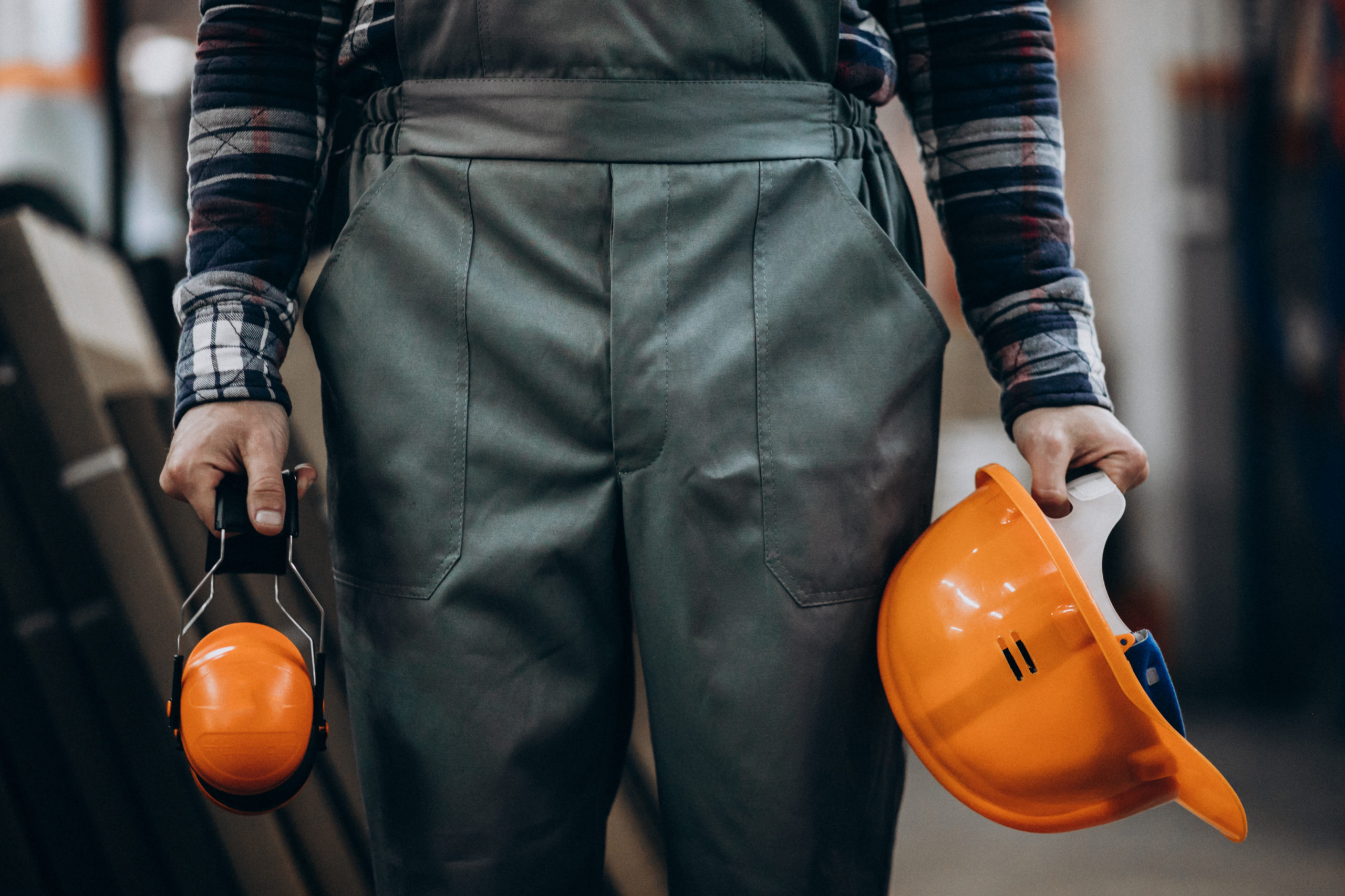Why talk Construction Mental Health in the first place? The construction industry has been painted with masculine tones for decades. We often assume that in this predominantly masculine work culture, issues such as mental health are just not that prevalent.
Well… that is wrong!
“The real mental epidemic today is that we are all struggling to put on a show and pretend that everything’s OK all the time”: Bryan Baeumler
Mental health in the construction industry has been – and continues to be – a major health and safety concern coined the “silent epidemic.”
The nature of the construction industry – often requiring work in dangerous environments – organically sparked interest in physical health. Walking near a construction site, your eye immediately falls on all the signs for personal protection equipment (PPE) and the all too familiar “Construction Ahead” and “Caution” signs.
The discussion of construction mental health recently climbed its way to the top of construction companies’ priorities – not at all too soon!
Construction work is not easy! Workers put in long hours – often away from home and loved ones – in physically strenuous conditions and risking physical injury on a daily basis.
Here in Canada, approximately 1.4 million people work in the construction industry – a staggering 86.7% of whom are male. And with so much testosterone colliding with itself, sometimes emotional expressions are stigmatized.
Seeking help when facing emotional turmoil and reaching out for mental health assistance can be extremely difficult.
Statistics Canada reports that in 2020, among Canadian men in the age groups 18-34, 11.2% reported “fair or poor” mental health. Likewise, the age group 35-49 reported 9.9% and group 50-64 reported 8.7%. These numbers are on average only 1% lower than what Canadian women reported.
Mental health is a very important issue to address and the construction industry is finally talking about it!
Awareness of construction mental health starts with unpacking the layers of this “silent epidemic.”
Work Autonomy & the Industry
So, why are these numbers especially relevant to the construction industry?
While there are a multitude of jobs in the construction industry that do not require physical labour, and innovation in robotic systems is slowly replacing more dangerous tasks… the fact remains that construction workers are in demand and strenuous physical labour is often part of the job.
Construction projects run on heavily packed schedules with deadlines. Workers often put in long hours of demanding work in stressful conditions.
To top it all off, construction companies are often understaffed and underestimate project timelines putting their workers under stress to complete projects and avoid costly delays. The competitive nature of this sector also adds to mounting pressures of job security, where layoffs are common.
This is a highly competitive industry where a small mistake – accident, delay, or an “off” day – could cost workers their job.
Even in geological terms, stress build-up in the rock formations can lead to earthquakes. This is where addressing this stigma of construction mental health becomes vital.
The Psychosocial Work Environment
But we should also talk about other psychosocial hazards in the construction industry that contribute to mental health.
A male-dominant sector with 86.7% male employment means a high probability of emotional expressions being met with harassment – verbal or physical.
The long strenuous hours at the job site also spark feelings of loneliness and emotional distance. Physical injuries, fatigue, and trauma are “buried” for the sake of keeping the job in a highly competitive sector. This is the construction worker’s day.
In the United States, reports indicate that 15% of construction workers resort to alcohol and drug abuse.
The mental health impacts of this psychosocial work environment are very serious. Here in Canada, intentional self-harm (suicide) ranked 8th in the 2019 leading causes of death amongst men; It ranked 14th amongst women. This difference and higher suicde rate among men can be attributed to masculine-ideal dominant workplace environment.
In the construction industry specifically, suicide leads in the causes of death as opposed to jobsite physical fatalities. Depression and anxiety are in the top tier of construction mental health issues.
Erasing the Stigma
Slowly more companies are taking the lead in addressing work stress and mental health effects.The first steps to improve construction mental health is awareness and to simply talk about it!
More and more construction companies are recognizing the importance of worker mental health and are taking steps to counter its often detrimental effects. Companies are taking steps towards increasing diversity in the workplace and encouraging an inclusion culture.
Some of the leading construction companies in the United States just launched the Construction Inclusion Week. They are calling for change because they recognize the need to influence, champion change, and cultivate a more inclusive construction industry. Diversity always encourages discussions, open-mindedness and inclusion.
Others are launching helplines to provide support to construction workers and their families, and even applications to guide users through mental health issues like the Bounce Back program.
The industry is taking strides in normalizing mental health talks, and suddenly we can see the light at the end of the tunnel.
Building solid outspoken communities in the construction industry – and especially on the jobsite – will ultimately improve the mentally and physically stressful construction worker’s day.
So, let’s talk about it

